Introduction
Origami, rooted in ancient Japan, is the art of paper folding, blending the Japanese words ‘ori’ (folding) and ‘kami’ (paper). Traditional origami involves skillfully folding a single sheet of square paper, often coloured, into a sculpture without cutting, glueing, or marking it. Initially created for adorning temples and shrines, origami has evolved into a recognized craft and art form, doubling as an engaging activity for geometry enthusiasts.
Originating from China in the 2nd century, origami reached Japan in the 5th century through travelling monks who introduced paper and the art of folding it. Origami paper craft ideas extends beyond its historical roots today, finding applications in diverse fields, including art therapy. In art therapy, origami serves various purposes, from aiding trauma recovery to fostering mindfulness and enhancing sensorimotor skills and frustration tolerance. Despite its therapeutic uses, origami’s history predates the term itself, underscoring its enduring significance.
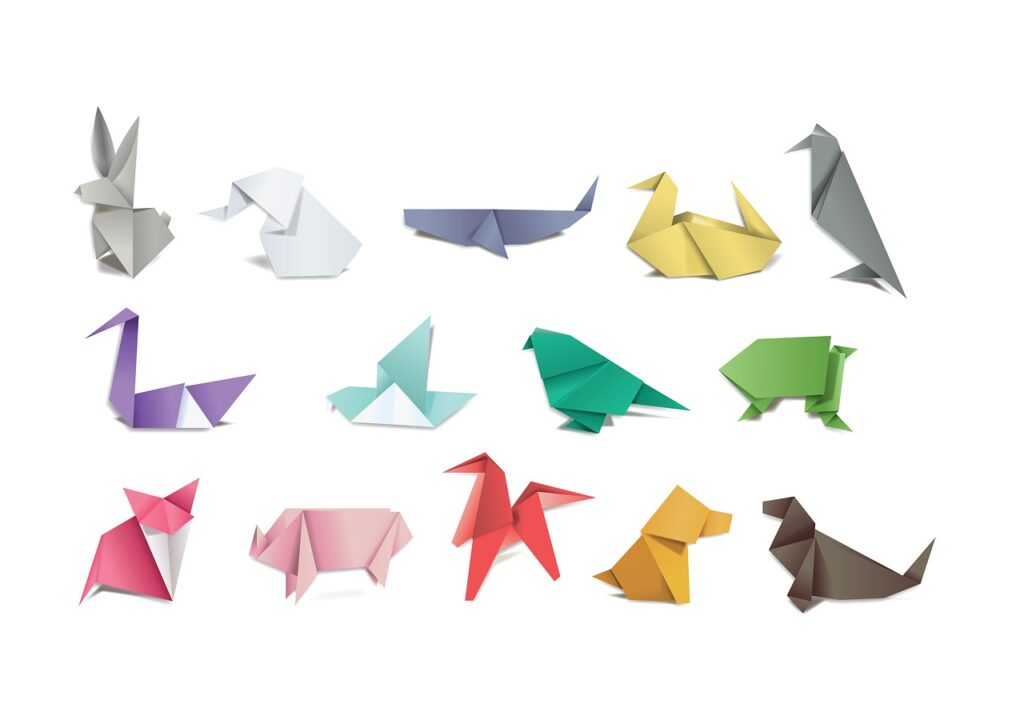
The intricate process of transforming a single sheet of paper into elaborate designs has made origami a cherished global pastime and a valuable tool in art therapy. This article explores origami paper craft ideas, highlighting their practical applications and delving into the enduring popularity of this timeless art form.
What is Expressive Origami Therapy (EOT)?
Expressive Origami Therapy (EOT), formerly known as Enrichment Origami Art Therapy, emerged in the early 2000s under Toshiko Kobayashi’s guidance during her art therapy studies. The inspiration behind conceptualizing origami as a potent therapeutic tool stemmed from Toshiko’s firsthand experiences living abroad with her children. Conducting origami workshops in diverse locations, including refugee camps in Palestine, townships in South Africa, and orphanages in Morocco, Peru, and Algeria, solidified Toshiko’s belief in the therapeutic efficacy of origami.
Origami has distinct advantages as a safe and accessible therapeutic medium. It relies only on a sheet of paper and the manipulation of fingertips. Engaging in origami activates the primary senses, offering benefits beyond addressing visual, physical, mental, and psychological challenges.
Toshiko emphasizes the potential of origami’s creative processes as a novel therapeutic approach applicable in educational, communal, and family settings. This new perspective positions origami as an expressive activity with universal appeal, breaking free from cultural constraints owing to its geometric nature. The presentation concludes with practical ideas and applications for the therapeutic use of origami, featuring both group and individual case samples. These origami projects are adaptable to children of various developmental stages, catering to their individual needs, particularly in at-risk children where origami is safe and non-threatening.
Toshiko has successfully applied EOT across diverse populations, transcending gender and cultural backgrounds. The unique potentials of EOT have undergone testing in various regions visited by Toshiko, showcasing its effectiveness in addressing the needs of different communities.
Origami Paper Craft Ideas
Origami offers many paper craft ideas that cater to various skill levels and interests. The possibilities are infinite, from classic designs like cranes and frogs to more complex creations such as modular origami and tessellations. Beginners can start with basic folds and progress to more advanced projects, gaining satisfaction from each completed piece.
Origami Paper Craft Flowers
Origami flowers add a touch of nature to any space. Whether decorating your home or creating personalized gifts, origami flowers provide a charming and everlasting alternative to natural blooms. Use colourful paper to bring your blossoms to life and experiment with different flower varieties for a diverse and vibrant display.
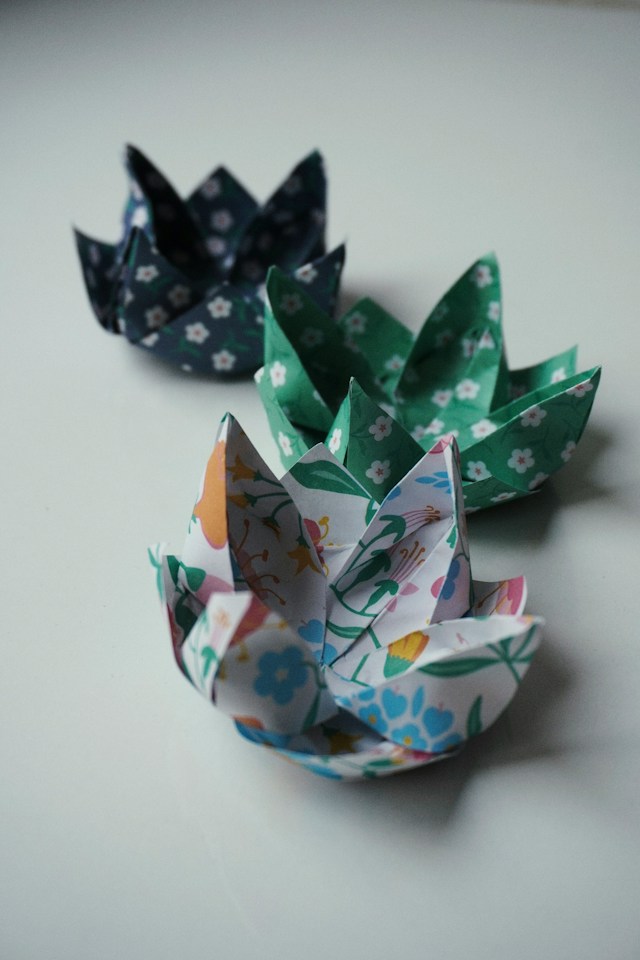
Origami Paper Craft Animals
Delight both children and adults with origami animals. From elephants to butterflies, these paper creatures make excellent decorations, party favours, or educational tools. Origami animals can be incorporated into storytelling, fostering creativity and imagination in young minds.

Modular Origami
Modular origami involves creating complex structures by interlocking multiple units. This form of origami yields impressive results, such as intricate geometric shapes and three-dimensional sculptures. Use modular origami to craft unique centrepieces or installations that showcase your dedication to this ancient art.
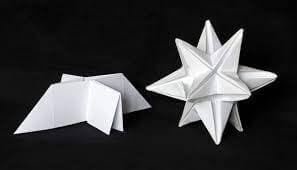
Origami Paper Crafts Useful in Daily Life
While origami is often perceived as a delightful hobby, its applications extend beyond mere artistic expression. The usefulness of origami paper crafts can be observed in various aspects of daily life.
Origami Bookmarks
Transform a simple piece of paper into a functional and aesthetically pleasing bookmark. Origami bookmarks keep your place in a book and serve as delightful gifts or creative tokens for book clubs and reading enthusiasts.
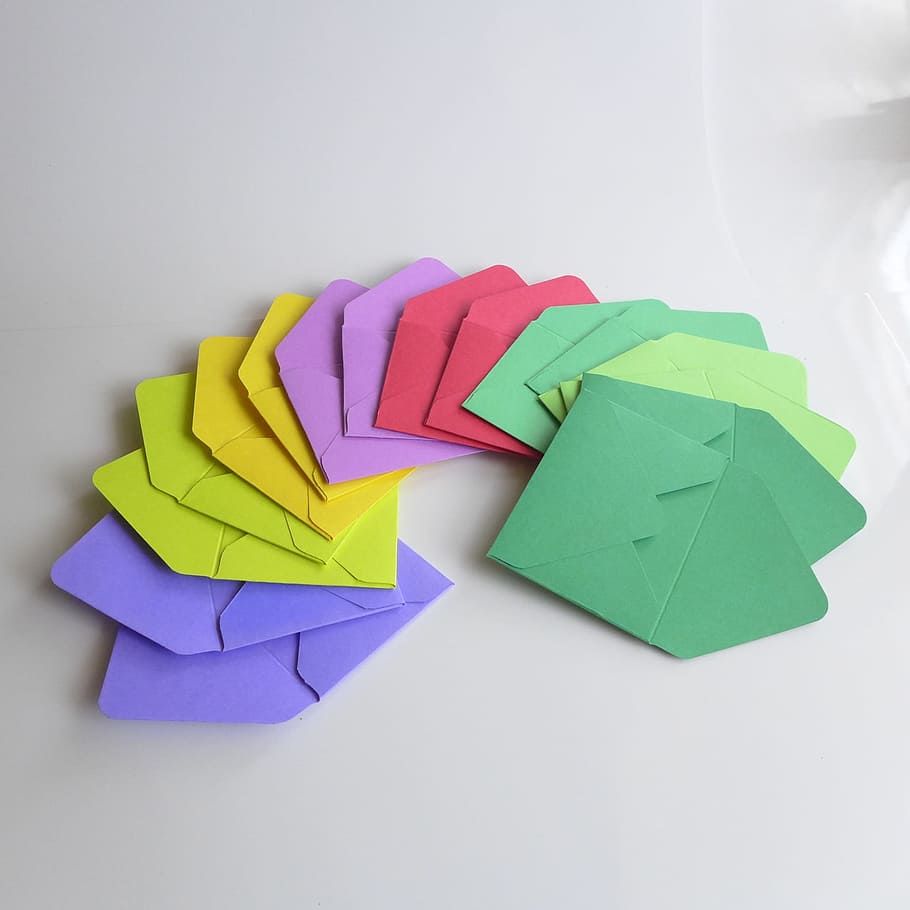
Origami Greeting Cards
Personalize your greetings with handmade origami cards. An origami greeting card adds a thoughtful touch, whether it’s birthdays, anniversaries, or holidays. Experiment with different folds and designs to create unique and memorable greeting cards for your loved ones.

How Popular is Origami?
The popularity of origami has transcended cultural boundaries, captivating people worldwide. The art form’s universal appeal can be attributed to several factors.
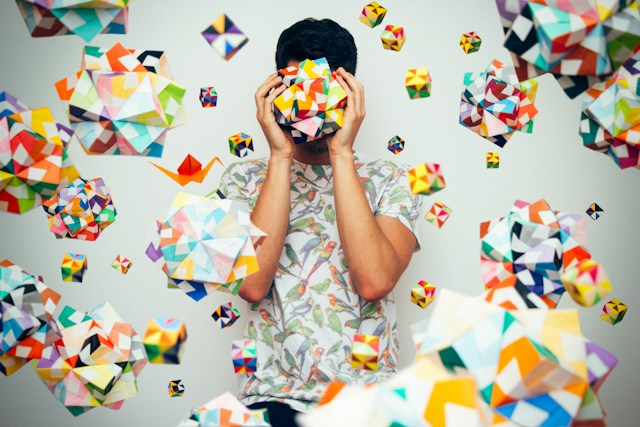
Educational Value
Origami is widely recognized for its educational benefits. It enhances spatial reasoning, motor skills, and concentration, making it a valuable tool in educational settings. Teachers often incorporate origami into lesson plans to engage students while promoting cognitive development.
Therapeutic and Meditative
The meditative and therapeutic aspects of origami contribute to its popularity. The repetitive nature of folding paper can be a calming and centring activity, providing a break from the demands of modern life. Many individuals turn to origami as a means of relaxation and stress relief.
Global Community
The internet has played a significant role in connecting origami enthusiasts globally. Online platforms, forums, and social media groups provide a space for artists and hobbyists to share their creations, exchange ideas, and participate in virtual origami communities. This interconnectedness has fueled the popularity of origami and facilitated the exchange of techniques and inspiration.
Artistic Expression
Origami allows for a unique form of artistic expression. Artists and creators appreciate the challenge of transforming a single sheet of paper into intricate designs. The allure of creating something beautiful and meaningful from a seemingly ordinary material resonates with individuals seeking a creative outlet.
Conclusion
Origami paper craft ideas offer many creative possibilities and prove to be helpful in various aspects of daily life. From practical storage solutions to personalized gifts, origami adds a touch of creativity and elegance to our environment. The popularity of origami continues to grow, driven by its educational value, therapeutic benefits, and the sense of community it fosters. As we continue to explore and unfold the endless possibilities of origami, it’s evident that this ancient art form will continue to inspire and captivate future generations.
Also Read: Art Therapy Courses Surge in India’s Mental Health Scene

Pingback: Art Therapy Courses Surge in India's Mental Health Scene